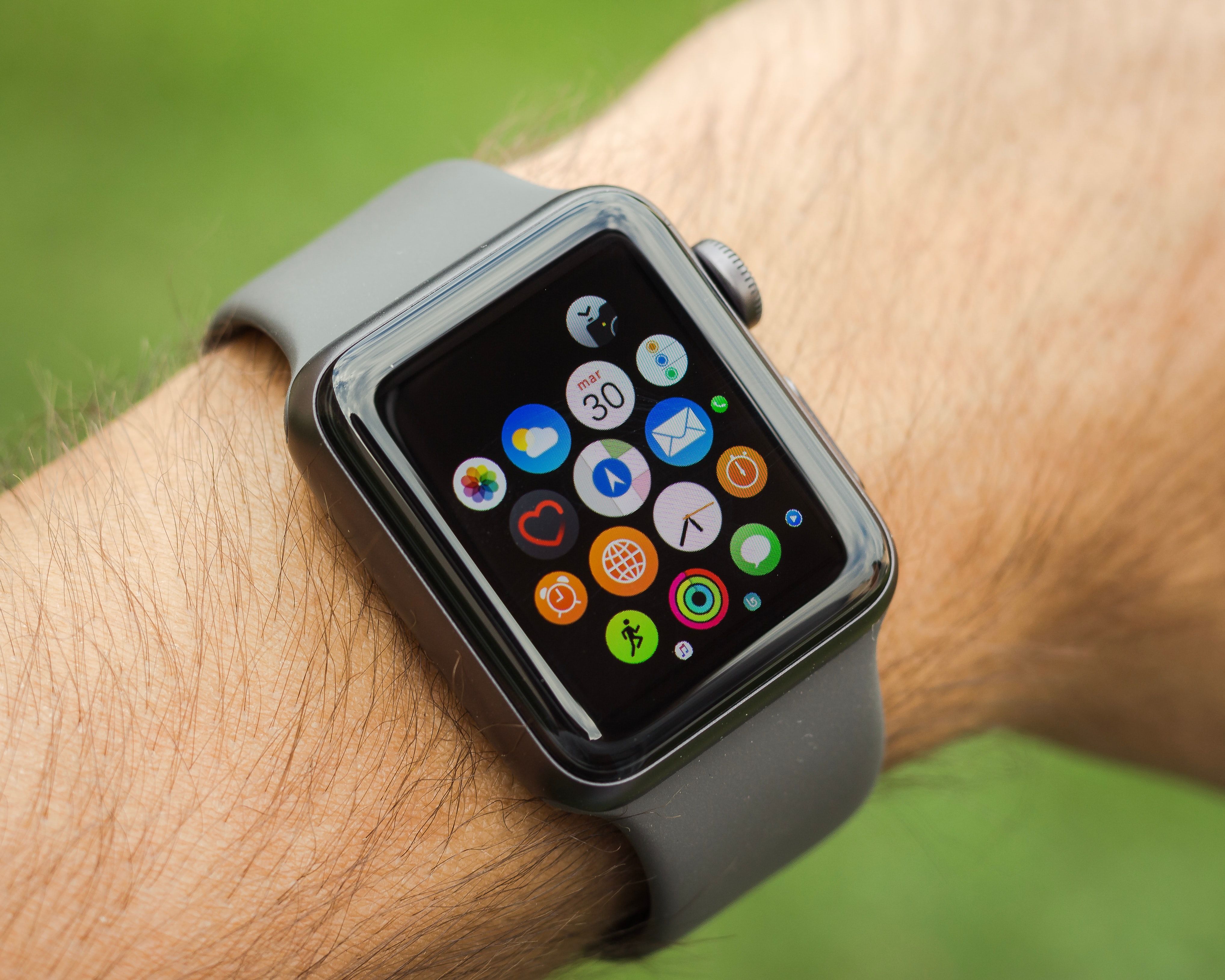Can Self-Reporting and Wearable Sensor Data Provide COVID-19 Symptoms?

One of the more common aspects of living in a pandemic is the health survey or questionnaire. For many of us, this comes with checking in for a flight, going into work, or a variety of other activities that require us to physically be there. In the early days of the pandemic, health surveys emphasized recent international travel and exposures to confirmed cases. This slowly evolved, as the virus spread, to focus on exposures to confirmed COVID-19 cases and symptoms.
One challenging piece of health screenings though is that not only are people often asymptomatic, but symptoms can be quite mild in addition to what we’re learning about the disease every day. For many who utilize smartwatches or activity trackers, there has been increasing conversation about harnessing the health-monitoring aspect of the devices to catch early changes in symptoms.
Since many experience symptoms that are non-specific to COVID-19, like a headache or fatigue, but can be infectious days before these symptoms even set in, the earlier the notification, the better. A research team sought to assess not only wearable sensor data, but also the role of self-reporting of symptoms.
Utilizing smartphone data and wearable sensor data, this research study enrolled over 30,000 people between March 25- June 7, 2020 across the United States. Utilizing a prospective app called DETECT (Digital Engagement and Tracking for Early Control and Treatment), this allowed for people to share their sensor data, self report symptoms, but also electronic medical record and diagnoses information.
The authors noted that “Among the consented individuals, 62.0% are female and 12.8% are 65 or more years old. Of the participants, 78.4% connected their Fitbit devices to the study app, 31.2% connected the data from the Apple HealthKit, while 8.1% connected data from Google Fit (note that an individual can connect to multiple platforms). In addition, 3,811 reported at least one symptom (12.5%); of those, 54 also reported testing positive for COVID-19 and 279 reported testing negative.”
For those who tested COVID-19 positive (SARS-CoV-2 positive), they more frequently had a headache, fatigue, decrease in smell/taste, cough, difficulty breathing, and body aches, when compared to those who tested negative. The researchers also noted that for sleep and activity were correlated for those with COVID-19.
Overall, the authors emphasized that these physiological changes that were captured in individuals with wearable sensors and self-reporting are “able to significantly improve the distinction between symptomatic individuals with and without a diagnosis of COVID-19 beyond symptoms alone.”
Given the variation in not only symptoms, but also physiological responses, it’s hard to truly measure COVID-19 symptoms. While this study is smaller and more data is needed, it does shed light on the potential to identify early indicators of COVID-19 infection. Additional research, especially with other respiratory infections, will be important to help gauge the efficacy of these surveillance strategies.
Moreover, how can these early signs be utilized to encourage people to seek care/testing and isolate appropriately? Identifying infection earlier is not only important for the care of the infected person, but also reducing the risk for transmission to others. As the U.S. moves well past 9.2 million cases of COVID-19, rapid response is critical.
